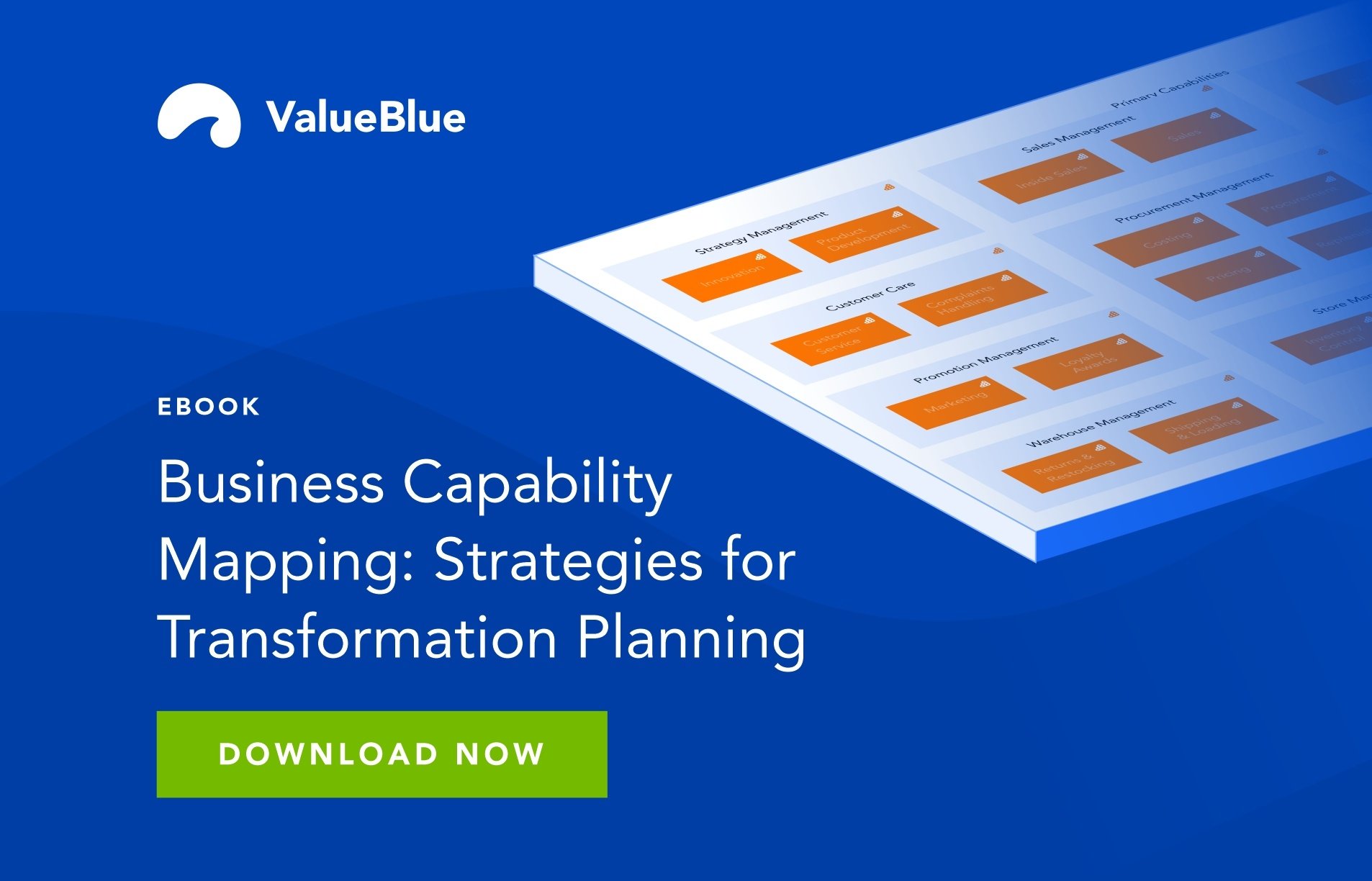5 reasons you need Application Portfolio Management Software
Companies have become highly digitalized in recent years, and our daily processes and work are increasingly carried out and captured online. Every department wants to digitize more and more, using new and innovative software applications to carry out their work. As a result, IT departments are confronted with a huge increase in applications across the enterprise.
How do you prevent things from spiraling out of control? How do you prevent people from working at cross purposes, scarily similar applications being used in different departments and potential application improvements from being missed?
The answer is by recording the entire application landscape in an easy and flexible way, with the use of Application Portfolio Management software.
Here are five reasons you should use flexible Application Portfolio Management software for your application landscape:
1. Increase the flexibility of your teams
Gaining insight into your application landscape with Application Portfolio Management software makes the entire landscape less complex and easier to manage. This allows you as a company to act more quickly and to meet the needs of employees within the organization. When there is a need in a department for a certain functionality that is already available within the organization, the need can easily be met – but only if the existing availability is already known about. This not only ensures that there is no functional overlap with multiple similar applications and no double costs or multiple data hubs, but allows teams to get to work faster.
Gaining insight into your application landscape with Application Portfolio Management software makes the entire landscape less complex and easier to manage. This allows you as a company to act more quickly and to meet the needs of employees within the organization. When there is a need in a department for a certain functionality that is already available within the organization, the need can easily be met – but only if the existing availability is already known about. This not only ensures that there is no functional overlap with multiple similar applications and no double costs or multiple data hubs, but allows teams to get to work faster.
2. Improve the quality of your applications
By mapping out your application landscape in an application management tool, you can phase out outdated applications and make sure that the applications you do retain connect and perform better for your organization, both functionally and technically. This improves the quality of your application landscape and keeps your data up to date. To speed up the compilation of your application inventory, application information can be requested using questionnaires from within the Application Portfolio Management software so that the relevant application owners can easily keep the information about the tools they are responsible for up-to-date. Overall, this complete inventory will provide a much greater visibility
and better knowledge within the team of the IT technology and systems that are available, allowing IT managers to easily embrace new business projects.

3. Reduce technology costs
Insight into where budget can be saved because of unnecessary cost is interesting for every organization. With Application Portfolio Management software, you record which functionalities various applications provide. When your landscape is mapped, it is then easy to identify overlaps and make a choice as to which application stays for the functionality and which can be discarded. By cleaning up the mapped application landscape and retaining only the best options, you can quickly save on application costs. Plus, new application requests can be checked against the existing landscape to avoid buying similar tooling and spending unnecessary money.
4. Realize transformation value
With a complete application landscape in your Application Portfolio Management software, an overall view is created that can contribute to different types of IT projects. Based on the application life cycle and cost assumptions, IT managers are able to simulate future IT projects and analyze the outcome of their assumptions. They can then see the impact on their IT systems and compare different scenarios.
This way of planning and executing IT transformation provides insight into how many resources are needed, and tight planning can be done, so that precious resources remain available for new initiatives and innovation within the company.
5. Safeguard compliance
Organizations regularly need to provide information for IT audits or IT certifications requested by governments or indeed potential customers. Application Portfolio Management software helps you to capture this data and bring it up to speed as needed. Insight into where data is stored and what security requirements are applied across the application landscape is captured and can be easily displayed for audit. This can help companies to become, for example, ISO certified or to comply with GDPR requirements.Whether you’re currently using Application Portfolio Management software or not, you may be interested to learn just how mature your Application Portfolio Management efforts are. You can take our short maturity test and discover where you sit on the maturity model. Or, for more information, download the Ultimate Guide to APM via the button below.
.png)



.png?width=486&height=261&name=MicrosoftTeams-image%20(151).png)
